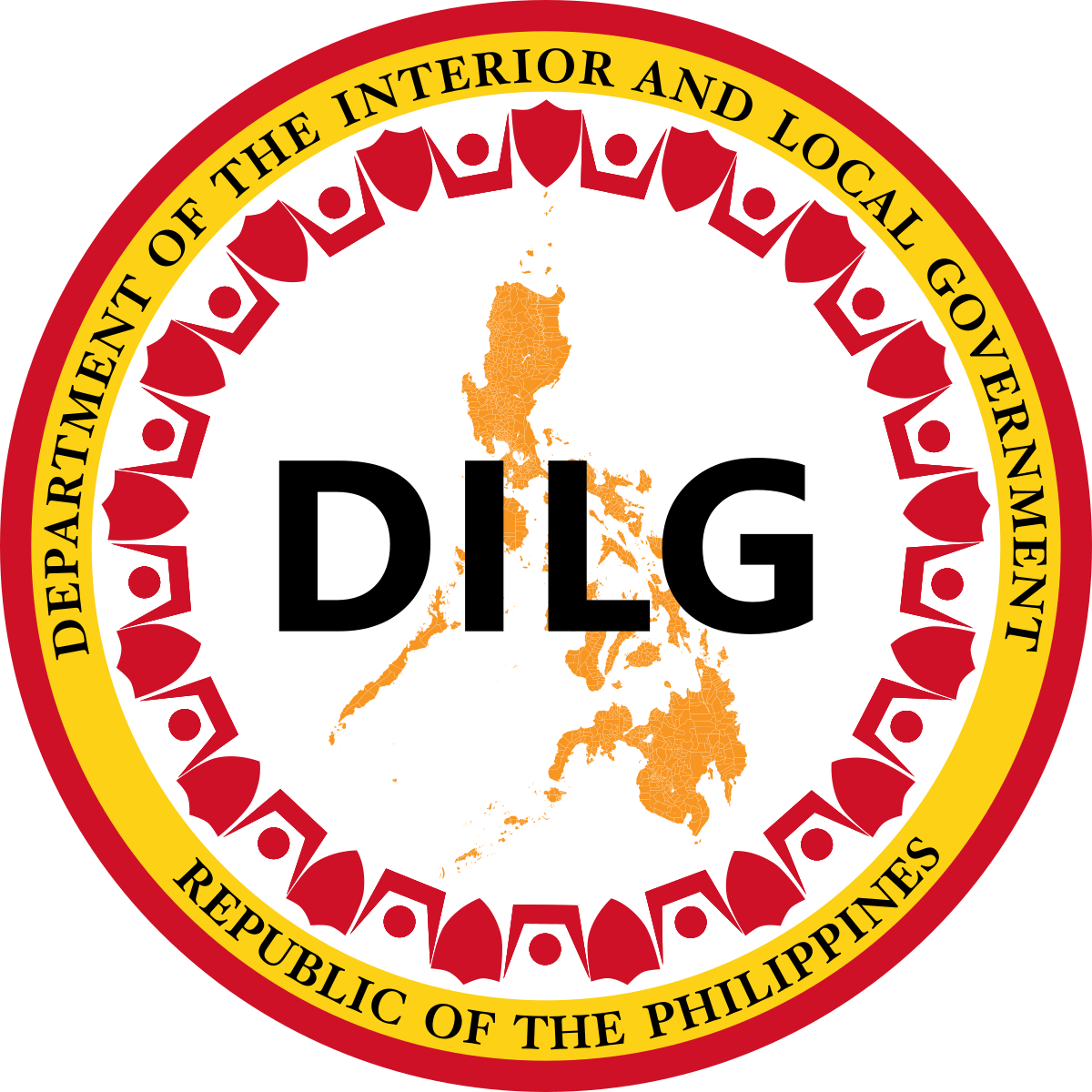BRIEF PROFILE OF THE MUNICIPALITY
The name M’lang was derived from a Maguindanaoan word “TAMLANG” which means BAMBOO. How the place got its name has been told in two versions, the legendary one and of historical significance.
1.1.1 Legend of M’lang:
The legendary one runs this way… Many hundreds of years ago, long before the Spaniards landed in Cotabato, the native group called Bagobos inhabited the place. The two- (2) superior chiefs were Inong and Daplac. Inong was considered more powerful between the two. He possessed the superlative of being the strongest and the tallest man among his tribe. Big as he was, one could notice his nipples set nine inches (9″) apart. Incredibly, he had forty dogs and forty deer. He engages in farming but spent most of his time in hunting.
One day, he went out for a game. He brought with him his dogs. They pass a creek where the water was in turmoil due to heavy rains that night. Inong swam to the other side while the dogs followed him. Not all his pets swam despite of his calling cry they were afraid of the strong current. One of the dogs that followed his master, and probably the frailest of the flock, was carried downstream. Inong tried to save the dog but fortunately tried to catch up with the dog when said pet was stuck at the bamboo stump at the side of the river. When they reach home, Inong narrated to his wives and followers what happened. He mentioned the fact that if it were not for the bamboo clump that held the drifting dog, he would have lost one of his best hounds. In his memory, he called the creek Tamlang, as there was no better name that could be given it. This place bordering the creek incidentally became what we now call M’lang.
1.1.2 Historical Version
Another side of the story was like this . . . During the Spanish occupation of Cotabato, some Moors fled to this place in order to evade persecution in the Spaniards-occupied zones. The head of the party was Sultan Maggo. Upon their arrival, they established their headquarters at Tawantawan, a site nearby. During the course of their wanderings, they happened to reach this place. Their attention was caught by the long lines of bamboo groves growing along the banks of the river. They could not help but exclaimed aloud. The tall and beautiful bamboo poles, was a magnificent sight and they planned them to build their homes. Due to the abundance of the bamboo in the place, Sultan Maggo and his followers called the place Tamlang, taken from the Maguindanaoan word for bamboo. In like manner as the previous account of the tale, the word was changed to M’lang.
1.1.3 Historical Events
M’lang is a new settlement compared to Pikit and Kidapawan. The first Christian settlers did not venture into M’lang earlier than 1933. Hospicio Rivas was the first Christian who went far into the wilderness that is now M’lang and taken up a small claim. Then followed by Jacinto Paclibar, who was in search for more fertile land and the possibility of a vast settlement in M’lang. He had in mind that a government assisted subdivision project merely for landless settlers to utilize the fertile virgin lands so that landless farmers may have their share and not just to a few landlords. Through such scheme, a new subdivision emerged. Other newcomers into the settlement were Mateo Catubay, Francisco Benitez, Eufemio Andres, Elias Platon, Godofredo Panizares, Estanislao Maranon, Fredo Lustre, Pablo Pidut and the Bilandred Family. In the process of development, thousands of immigrants from Antique, Iloilo and from Ilocos undertook the difficult travel through the muddy trails and thick forest of M’lang. A town site was selected and barrios were designated. In that time, just at the outbreak of the last war, schools begun to spring up through the aid of the Parents Teachers Association. Chapels were constructed for the spiritual needs of the people and small entrepreneurships opened up for the trade. Unhampered settlements can be also attributed to Datu Sambutuan Piang, Datu Mamalangcap, Datu Macatubac and others.
When the war came, it was a productive town and also chosen as the bulwark of guerrillas of Cotabato because of its inaccessibility. It became an evacuation site of the people who did not want to surrender to the enemy. Its patriotic people contributed much to maintain guerrillas, especially in the production of food supplies.
Liberation found the people prostrate with the ravages of war. Lack of working animals and implements prevented the immediate rehabilitation of farms and lessened the chances of increase production. Lack of transportation facilities found the people isolated from the rest of the civilized world. But a determined people want to work as one community to provide basic food supply and to put back school into operation and to
return the semblance of the good and harmonious way of life. Despite of the lack of good roads, liberation opened up the incoming waves of new immigrants from the Island of Panay. That for years and until M’lang was formally provided a good roads, settlers could be seen with their heavy packs on their backs hiking day and night on the trail towards a place they could call their own.
1.1.4 Administrative Governance
The municipality of M’lang is composed of 37 barangays, 8 of which were now remained in the municipality from out of 13 barangays associated in its creation in August 3, 1951 by virtue of Executive Order No. 462 of the President of the Philippines by the then President Elpidio Quirino, with territories taken from the adjacent towns of Kidapawan (its mother municipality) and Buluan of the now Maguindanao Province. Its classification as of the present is that of a first class municipality per Department Order No. 24-97 of the Department of Finance.
The first town officials that ushered the establishment of an independent local government were Domingo Lim (Mayor), Leandro Sorilla (Vice Mayor), Juan Salva, Macario Celestial, Clemente Rendon and Lucas Pueblo (Councilors). The people expressed their suffrage for the first time on November 13, 1952 and elected able bodied, hardworking officials challenged to develop the infant municipality. The first elected Mayor of the Municipality of M’lang was the late Amador A. Anque, Sr.. He then led the municipality until the year 1955. He was replaced by the second elected Mayor Rodolfo Buenaflor in 1956, and had led the municipality until the mid-part of 1967. Dr. Bonifacio F. Tejada headed the municipality from the later part of 1967 until 1986. He was replaced by Dr. Roberto S. Robiňos, M.D. during the era of EDSA Revolution. In 1988, Dr. Bonifacio F. Tejada ran again for mayor and win. He again led the municipality until the mid-year of 1995. In the later part of 1995 the municipality of M’lang was then led by the new breed of local leader when Mayor Emmanuel F. Piñol won over the veteran politician. He led the municipality for only (one term) three (3) years. He was then succeeded by his Vice Mayor Luigi B. Cuerpo who has completed his three (3) terms of office as Mayor, from 1998 to 2007. The present Mayor, Joselito F. Piñol, today is in his second term since the mid-year of 2007. Hereunder is the tabulated form of the timelines per municipal mayor in the municipality of M’lang.
Latest Publications
Read our latest news. Be always in trend with daily news.









